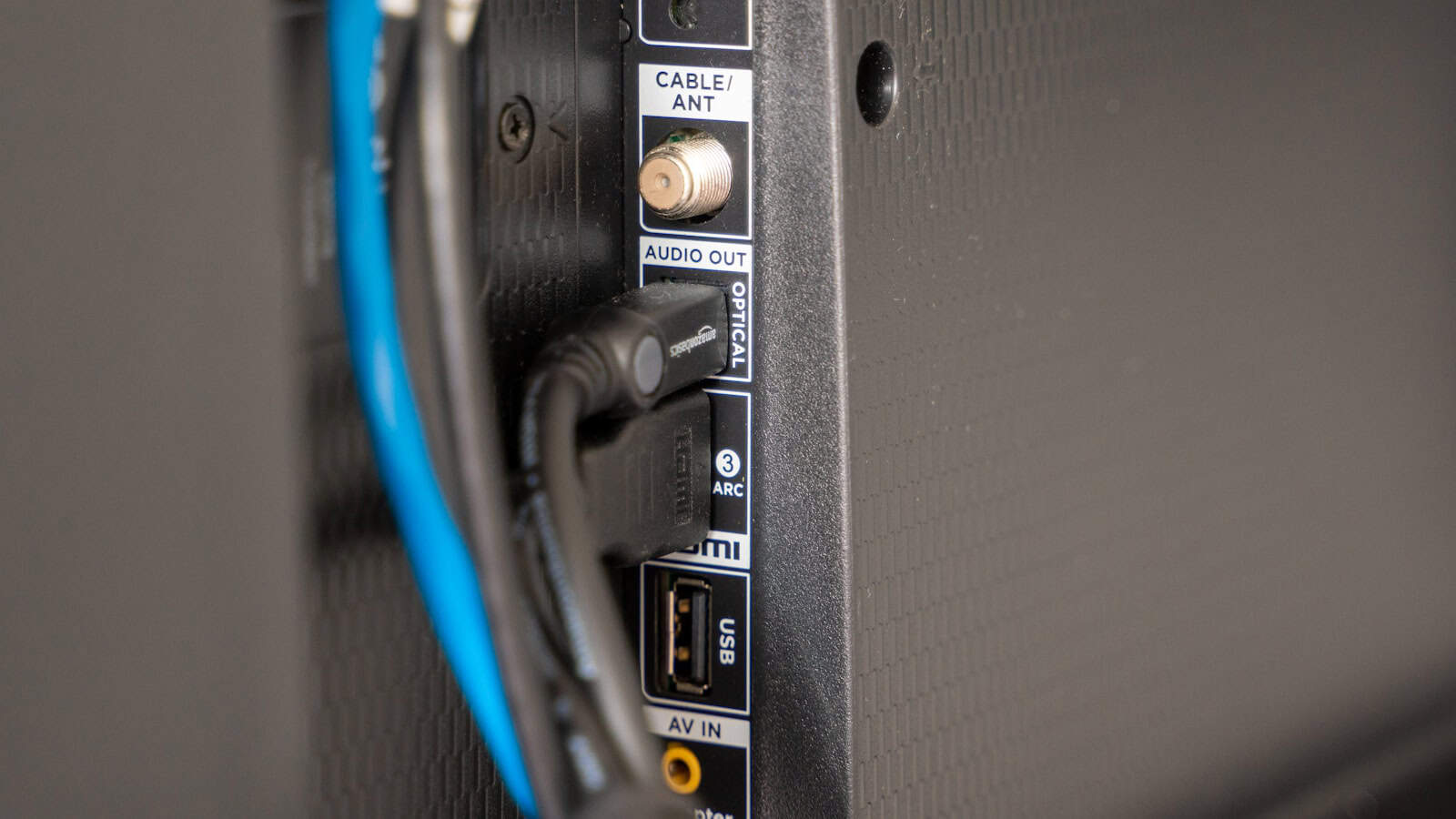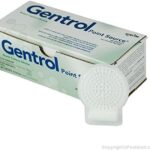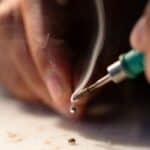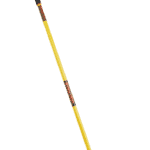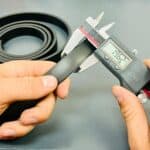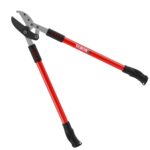A bad cable feed can ruin your TV watching experience. When your TV’s picture quality is poor or pixelated, it can be very frustrating. One main cause is a bad cable feed, whether from coaxial cables or HDMI cables. This problem can often cause low resolution or blurry images, making it hard to enjoy your favorite shows.
A bad cable feed can come from several sources. It might be due to old, damaged, or low-quality cables. Connections to the cable box or TV can also be loose. Another possible cause is interference from other devices or electric back-feed through copper coax lines. Sometimes, the issue may stem from problems with the internet connection for streaming services, leading to poor picture quality.
To fix these issues, check all cables and connections first. Ensure that they are intact and firmly connected. If you’re using an old cable, try replacing it with a new, high-quality one. Also, resetting your cable box or TV can often solve picture quality problems. Sorting out these basic issues can drastically improve your TV viewing experience.
Understanding Cable Feed Issues and Impact on Picture Quality
Cable feed issues can greatly affect the quality of the picture you see on your TV. Problems can arise from many sources that impact the visual and audio experience.
Common Causes of Bad Cable Feed
Faulty HDMI Cable: A damaged HDMI cable can ruin the signal. This can lead to a blurry or pixelated picture.
Interference: Electrical devices or other cables can interfere with the signal. This interference can cause poor image quality and sound disruption.
Compression: Cable providers sometimes compress signals to save bandwidth. This compression reduces the picture quality.
Manifestations in Image and Sound
Picture Issues: Bad cable feeds can lead to fuzzy images, pixelation, and screen freezes. Colors may appear off, and HDR might not work correctly.
Resolution Problems: Issues with the feed can prevent proper resolution. Instead of 4K HDR, you might get only 1080p or lower.
Sound Problems: You may hear static, echoes, or complete sound dropouts. These audio issues can make it hard to enjoy what you’re watching.
Dark Scenes: Poor feeds often struggle with dark scenes. Details can become hard to see, affecting the overall viewing experience.
Sparkles and Image Quality: The appearance of “sparkles” (tiny bright spots on the screen) can indicate issues with the quality of the feed. This can degrade the overall picture quality and be distracting.
Improving Cable Feed and TV Settings
Making sure your cable feed is good and your TV settings are optimized can greatly improve your viewing experience. There are simple steps you can try for better connectivity and picture quality.
Optimizing Connectivity and TV Configuration
A stable connection ensures smooth streaming and clear channels. Start by checking the HDMI cables. They should be high-quality, with good shielding to prevent signal loss. Make sure the connections are tight and the cables are short to avoid interference.
Place the router closer to the TV or use a Wi-Fi range extender if needed. This will enhance the Wi-Fi signal. If possible, use an Ethernet cable for a direct connection to the TV. This wired connection is often more stable than Wi-Fi.
In the TV menu, select different picture settings like Vivid, Normal, or Custom. Adjust the brightness, contrast, and backlight for the best viewing experience. Check the white balance and perform a basic calibration to get accurate colors.
Advanced Features for Enhanced Viewing
Advanced features can also help improve your viewing experience. If your TV has Variable Refresh Rate (VRR), enable it to reduce screen tearing during fast scenes. Auto Low Latency Mode (ALLM) can help by automatically adjusting the picture settings for a smoother experience.
Maximum Resolution settings should be checked to ensure you are getting the best picture quality. If your TV supports Dolby Vision, enable it for better contrast and optimal colors. Also, modern TVs come with maintenance settings which you should use regularly, such as software updates to keep everything running smoothly.
Don’t overlook the importance of proper cable management. Using a good-quality indoor or outdoor antenna can also improve signal strength if you’re using over-the-air TV.
By following these steps, you can enjoy a clearer and more reliable TV viewing experience.
Frequently Asked Questions
This section will answer common questions about bad cable feeds, such as HDMI issues, diagnosing cable boxes, and fixing signal problems.
What are the indicators of a faulty HDMI cable?
There may be no picture on the screen. The image might flicker or display strange colors. Sometimes, the sound may also cut in and out.
How can you diagnose a defective cable box?
First, make sure the cable box is plugged in properly. Check if the power light is on. Look at the TV screen for any error messages.
Why is there pixelation on my TV with my current cable service?
Pixelation occurs due to weak signals or interference. Loose connections or damaged cables can cause this problem. Nearby electronic devices may also interfere with the signal.
What steps should be taken to rectify a poor cable connection on a TV?
Check all the cables for tight connections. Ensure the cables are not damaged. Try resetting the cable box and TV. Replace any cables if needed.
How can one determine if their TV cable is damaged?
Physical inspection can help. Look for cuts or bends in the cable. If the picture is fuzzy or the sound is unclear, these may be signs of damage.
What can lead to a weak cable signal?
Old or damaged cables can weaken the signal. Distance from the signal source matters too. Nearby electronic devices and weather conditions can also affect signal strength.

